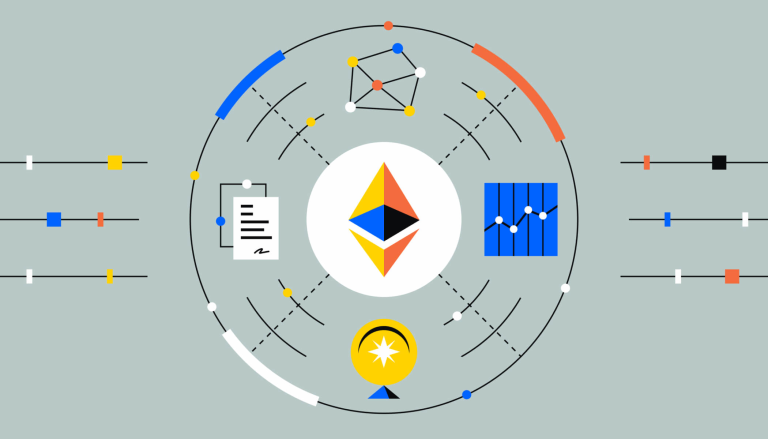What is crypto sharding and how does it work?

Sharding is a technique that seeks to enhance the scalability of blockchain networks by dividing them into smaller parts, known as shards.
Each shard processes its own transactions and smart contracts, potentially improving transaction speed and reducing the load on individual nodes.
While sharding may offer benefits, it also presents challenges related to security and complexity.
What is Sharding?
Sharding is a concept that originates from traditional database management systems. In the context of blockchain technology, sharding refers to the process of splitting a larger blockchain network into smaller, more manageable parts, known as shards. Each shard holds its own unique subset of transactional data and processes its own transactions and smart contracts. This division of labor may allow for increased transaction speed and scalability, as each shard can process transactions independently of the others.
How Does Sharding Work?
In a typical blockchain network, every node is responsible for processing all transactions, which can lead to slower transaction speeds as the network grows. Sharding seeks to address this issue by assigning nodes to individual shards. Each shard processes its own transactions and smart contracts, potentially reducing the load on individual nodes and improving the throughput of transactions. This parallel processing of transactions allows the blockchain network to scale effectively, potentially handling more transactions per second as the network grows.
Sharding in Practice: Ethereum
Ethereum, a well-known blockchain network, is currently implementing sharding as part of its scalability efforts. The Ethereum network is divided into multiple shards, each handling a set of nodes that process transactions. Validators on each shard verify the transactions and maintain the state of the shard. This approach differs from the current transaction processing format, where all nodes are involved in every transaction. Sharding is intended to enhance Ethereum's transaction throughput and potentially reduce gas fees, making the network more efficient and cost-effective for its users.
Challenges of Sharding
While sharding may offer benefits in terms of scalability and transaction speed, it also presents certain challenges. One of the main concerns is security. Since each shard processes its own transactions, there's a risk that a shard could be attacked, leading to a loss of information. Additionally, implementing sharding requires careful planning and execution due to its complexity. Cross-shard transactions, where a transaction involves multiple shards, can be particularly complex to handle.
The Future of Sharding
Despite the challenges, sharding is viewed as a potential solution to the scalability issues faced by many blockchain networks. As more blockchain projects implement sharding, we may see enhancements in transaction speed and scalability across the blockchain space. It's important to remember that sharding is just one of many potential solutions to the scalability problem, and the future of blockchain technology will likely involve a combination of different strategies.


